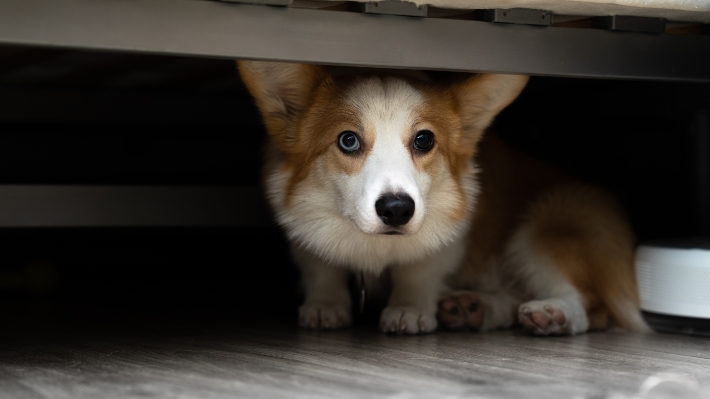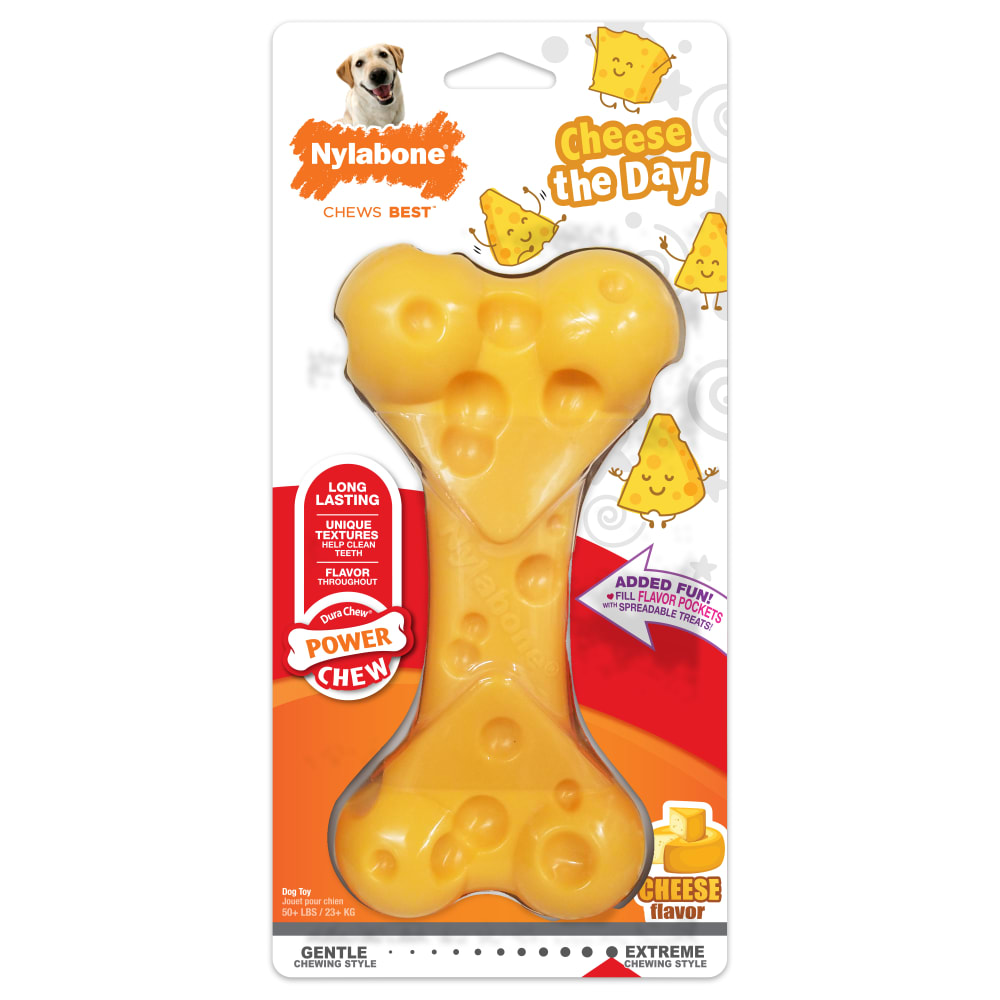5 Signs of Stress in a Dog (And 5 Ways to Help!)
From a simple trip to the groomer to the big boom of fireworks, there are many stressors that can cause your furry friend to feel a little overwhelmed. While we can’t avoid every stressful situation, recognizing these triggers and learning how to combat them can help create a calmer, more positive environment.
Common Stressors for Dogs
Dogs can experience stress for numerous reasons, including:
- Hearing loud noises (fireworks, car engines, sirens, etc.)
- Seeing other dogs or animals
- Meeting new people
- Changes in routine
- Spending time alone
- Traveling
- Inclement weather
While some puppies have a natural fear of these unknowns, triggers can also develop at later stages in a dog’s life. Unfortunately, many dogs will have a scary or traumatic experience that creates a new fear, which can cause stress moving forward.
Signs of Stress in Dogs
Understanding signs of stress in your dog can help you identify and address potential behavioral issues before they have a chance to escalate! Here are five common signals that something is wrong.
#1: Body Language
Your pup’s body language can say a lot about how they’re feeling! Stressed dog body language might be apparent when your furry friend tucks their tail between their legs or lowers their head and looks at you with big, wide whale eyes. Some dogs might also start to pant excessively or shake uncontrollably when they feel overwhelmed.
#2: Restlessness or Lethargy
Furry friends typically experience one of two reactions when stressed: overactivity or underactivity. Some will become restless and pace non-stop or even walk in circles, while others opt for less exercise and more sleep. Don't be surprised if your furry friend hides in an unusual spot (like under the couch!) when they get freaked out.
#3: Destructive Behavior
When dogs feel overwhelmed, they might revert to old habits or common behavioral issues like chewing, digging, or having a potty accident. It's possible that this destructive behavior provides comfort in the moment, but it could also just be that their fear makes them forget their training. A mishap isn’t the end of the world, but behaviors like becoming aggressive or territorial should be watched carefully.
🐶 Related: Why Do Dogs Chew? A Guide for Decoding & Managing the Habit
#4: Irregular Appetite
A change in appetite is often one of the telltale signs of stress in a dog. You might notice they’re eating less than usual or have lost interest in their favorite treats. On the other hand, some dogs may overeat as a way to cope with stress. If you notice any significant changes in your dog’s eating habits, it’s a good idea to note other potential signs of stress.
#5: Scratching or Licking
Just like some humans fidget or bite their nails when anxious, dogs may try to soothe themselves through repetitive behaviors. If your pup starts itching or licking excessively, this could be a way of dealing with stressful feelings. Although this habit can provide relief, it’s possible their skin will become irritated over time and can get infected.
If your dog is in an unusual amount of distress, seek advice from your veterinarian to see if there are any underlying health problems.

5 Tips to Prevent Stress in a Dog
Learning to calm an anxious dog can take some trial and error, but it will get easier when you start to understand your best friend's habits! Here are a few tips to reduce those stressful emotions.
Tip #1: Prepare for Stressful Situations in Advance
If your dog doesn’t like loud noises, plan a quiet getaway or ask your veterinarian for a medication that can help keep your dog calm during fireworks or occasions with blaring sounds.
Tip #2: Reward Positive Behavior
Whether you’re taking your pup to the groomer or introducing them to a new friend, offer them their favorite chew treat when they behave calmly.
While socializing your puppy, try exposing them to all types of environments and giving them a reward each time. This way, they can form a positive association with the experience early on!
Tip #3: Offer Chew Toys
Chewing is a natural response to stress, and an enticing chew toy can be a safe and healthy outlet to help your dog relax! Provide your pup with a variety of shapes, textures, and flavors next time they display stressed dog body language.
Tip #4: Create a Calm Environment
Rather than letting your pup find a hiding spot when they’re stressed, make them a special spot where they can go calm down. And if your home has enough space, you can even build them a dog room for a private space that feels safe.
Tip #5: Exercise Your Dog
Exercise is a great way to relieve some pent-up anxiety for both you and your furry friend! If your dog is stressed, consider taking them out on a stroll. You can even try running with your dog before any stressful situations to help tire them out.
Less Stress, More Fun!
Although it’s difficult to watch your best friend experience these uncomfortable feelings, understanding their behavior can become another opportunity to strengthen your bond. By recognizing the signs of stress in a dog and taking steps to help them feel more comfortable, we can ensure our dogs live happier, healthier lives!
FOLLOW US!

.jpg?h=320&iar=0&w=710&hash=F124C66879C05AB216BC310961C0EBFA)




